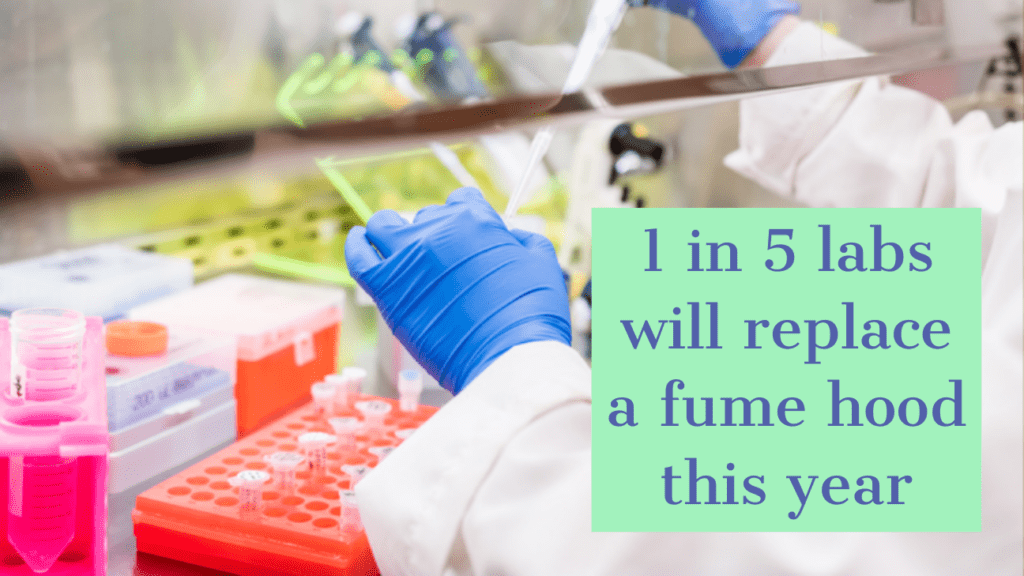
Laboratories are home to a number of different chemical compounds. Many don't think about what goes on within labs -- despite the fact that, physically, they take up a lot of space in the United States. Right now, nearly half of the global pharmaceutical market is taken up by the U.S., and the U.S. is among the world's largest producers of chemical products on a global level. For that matter, chemical products are not limited to pharmaceutical products. A number of other products are created and tested within labs. With that being said, it can be difficult for labs to maintain the level of safety standards that they should -- yet they must. Thanks to GMP standards and resources today, laboratories have standards to follow. Not only will these standards and guidelines ensure that those that work within laboratories are safe -- but those that use chemical products as well. Below, we're going to look into these practices, as well as the specific steps that laboratories can take to ensure that they're producing products of the highest quality, at the safest standards possible.
What Is GMP Quality Control?
To start, what is GMP quality control, and how does it affect laboratories today? The Goods Manufacturing Practice, or GMP, actually refers to a system. This system was put in place to ensure that products are consistently made in controlled settings. It sets forth standards that not only laboratories but other manufacturing settings, must follow. GMP systems can control everything from where a lab is located, to how frequently fume hoods are inspected and replaced. For example, thanks to these standards, fume hoods must now be inspected at least once a year, by an independent certified. This is to ensure that is in compliance with OSHA criteria. Often, these inspections can uncover issues in even the most professional-seeming labs, many of which put off repairs in an attempt to cut costs. According to a recent survey, about one-fifth of labs were going to replace their fume hoods, with about one-third of them doing so due to old age. Now, issues like these may appear to be relatively minor, but they can cause a lot of damage in the long term if they aren't properly tended to. The fallout from chemical manufacturers neglecting the GMP quality standards can have long-reaching effects.
What Are The Risks When GMP Quality Standards Aren't Followed?
In 2012, there was a fungal meningitis outbreak in the U.S. Ultimately, the outbreak was traced back to a Northeastern pharmacy. The pharmacy had cut corners regarding safety, and it wasn't cleaned or maintained properly. Therefore, the drugs that it was producing were spreading the fungal meningitis. By the time the issue was handled, 48 people had died. Of course, even if this specific problem isn't a concern for a lab, laboratories almost always handle hazardous material of some kind. For example, many labs deal with radioactive material. If improperly used or handled, this material can cause people to suffer from life-altering diseases, which may cause death in the long term. One needs only look at the case of the Radium Girls, factory workers who handled radium long before the GMP Quality standards were in place, to understand the severity of radiation poisoning -- many girls died due to their direct contact with radium. Employees at laboratories really do rely on carefully-followed quality standards to stay safe and healthy. Fume hoods, as benign as they may seem, are meant to protect labor personnel from toxic fumes and vapors. Even the most basic standards are important.
What Are The Consequences Of Neglecting GMP Quality Standards?
Although the consequences for not following GMP quality and clean room standards vary, laboratories risk a lot when neglecting them. Regulatory agencies may decline to approve products if laboratories do not follow these standards. Furthermore, should there be legal action taken by offended parties down the line, proven neglect of these standards may better their cases. Ultimately, these practices are put in place to protect labs and consumers alike.
